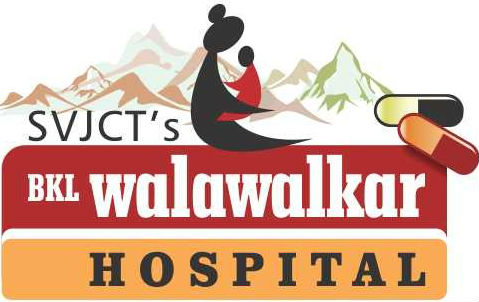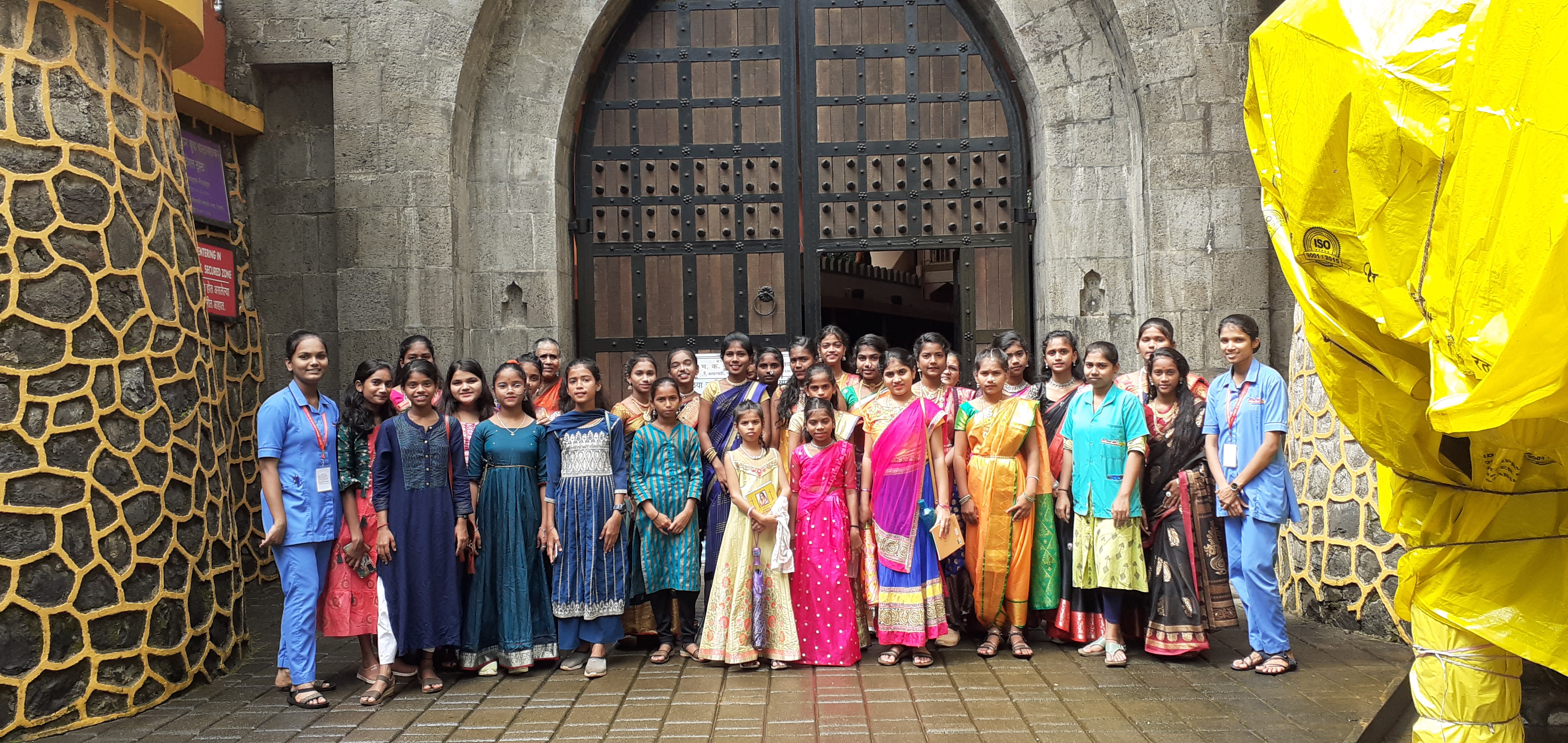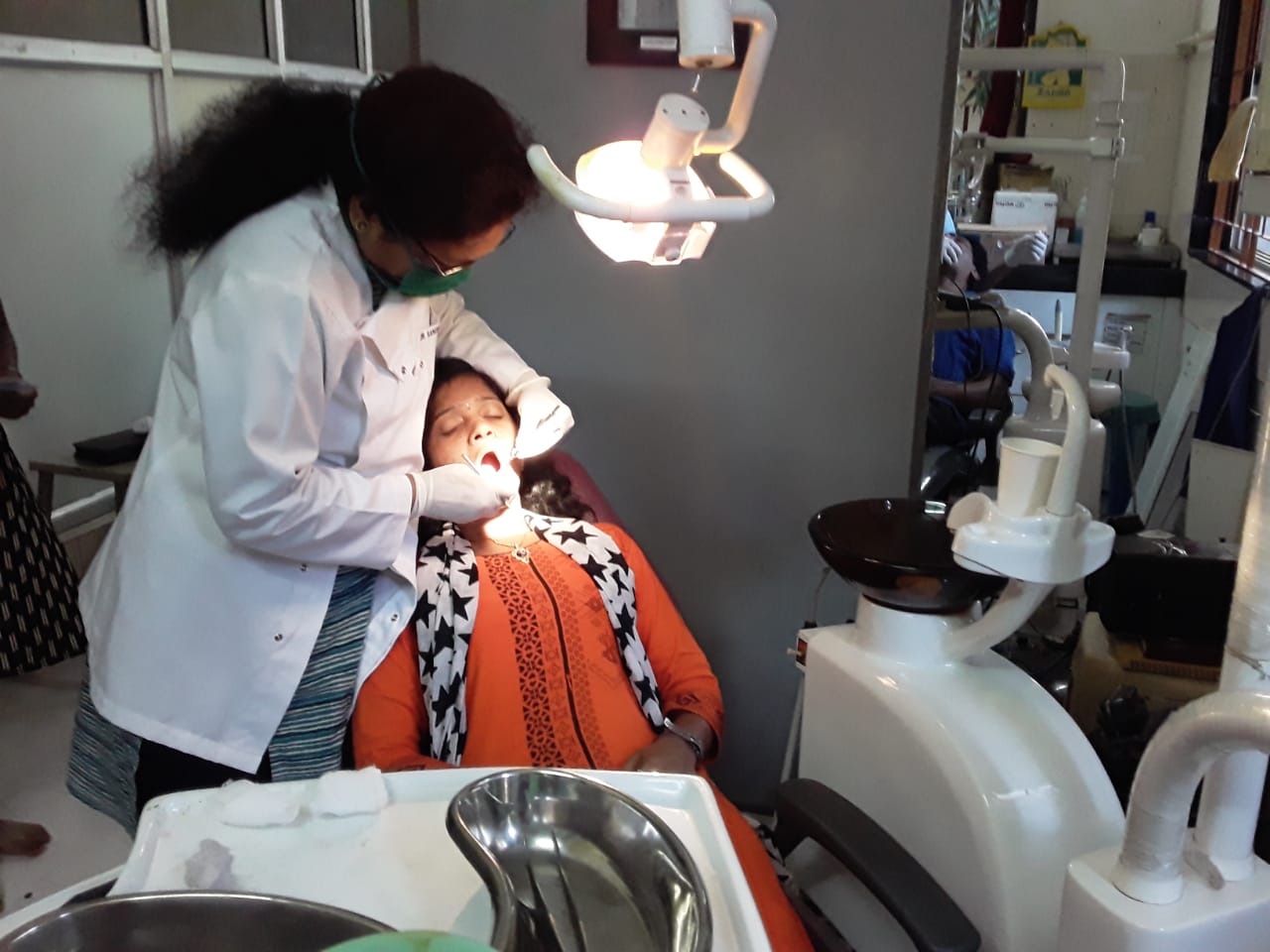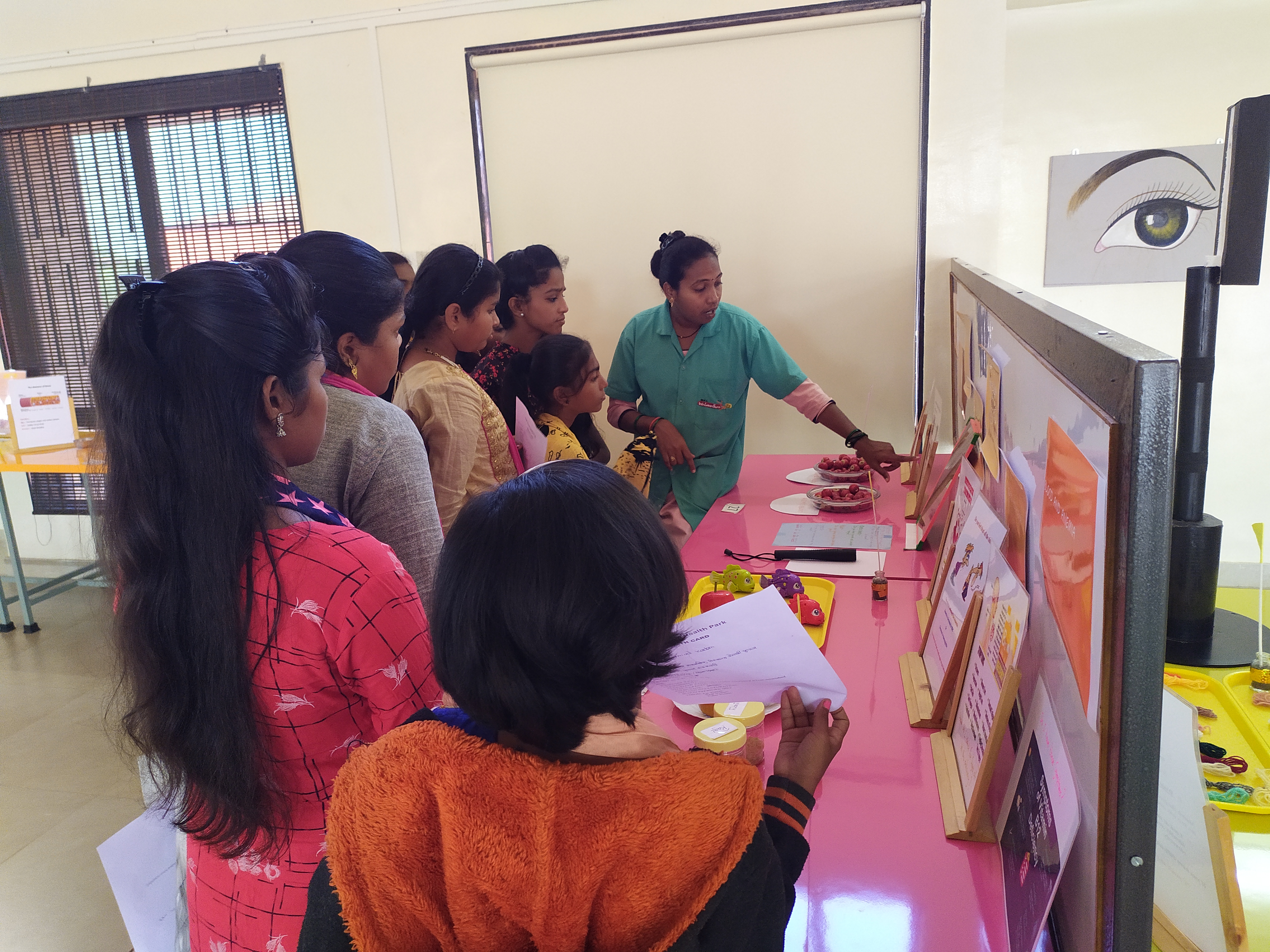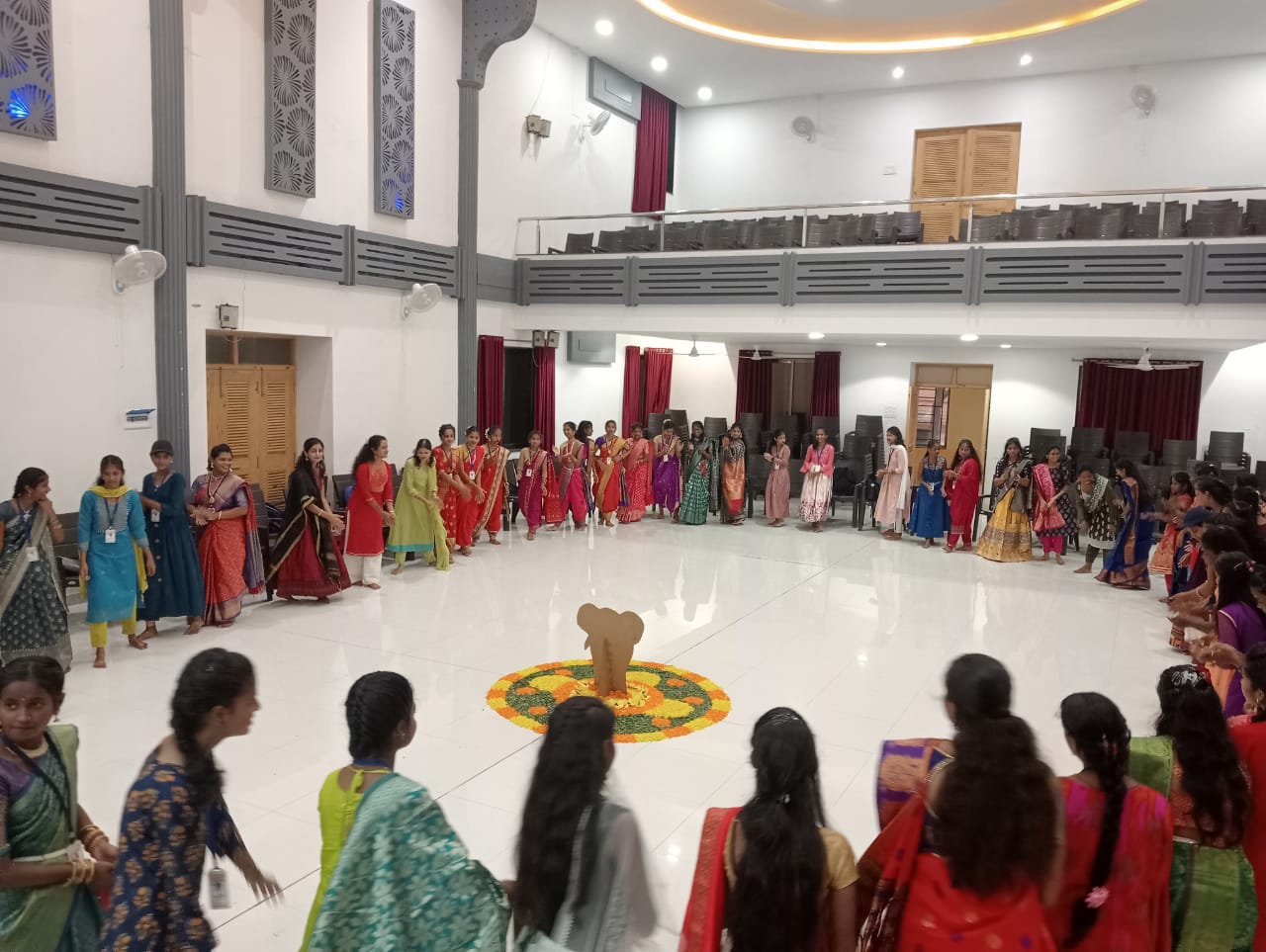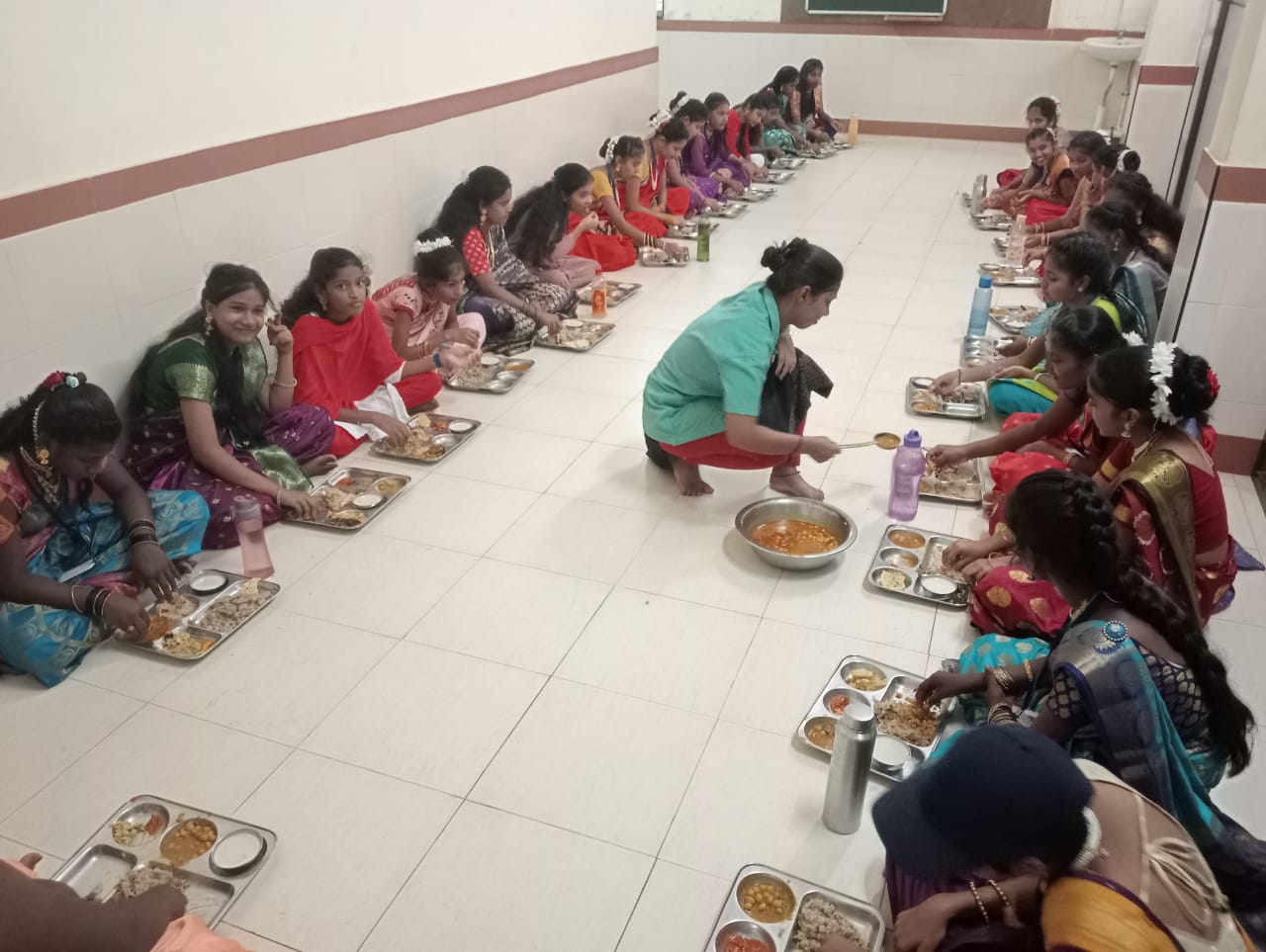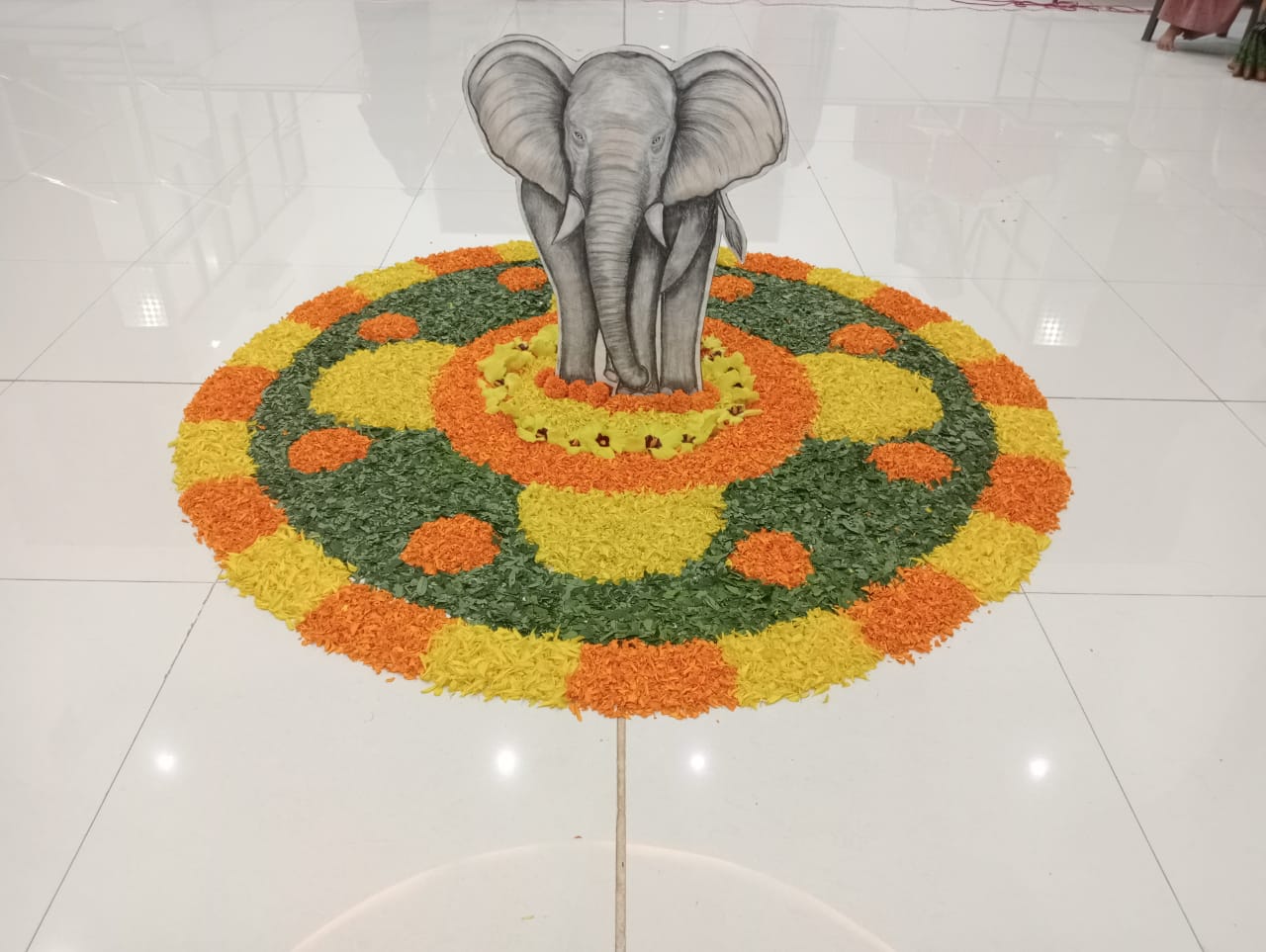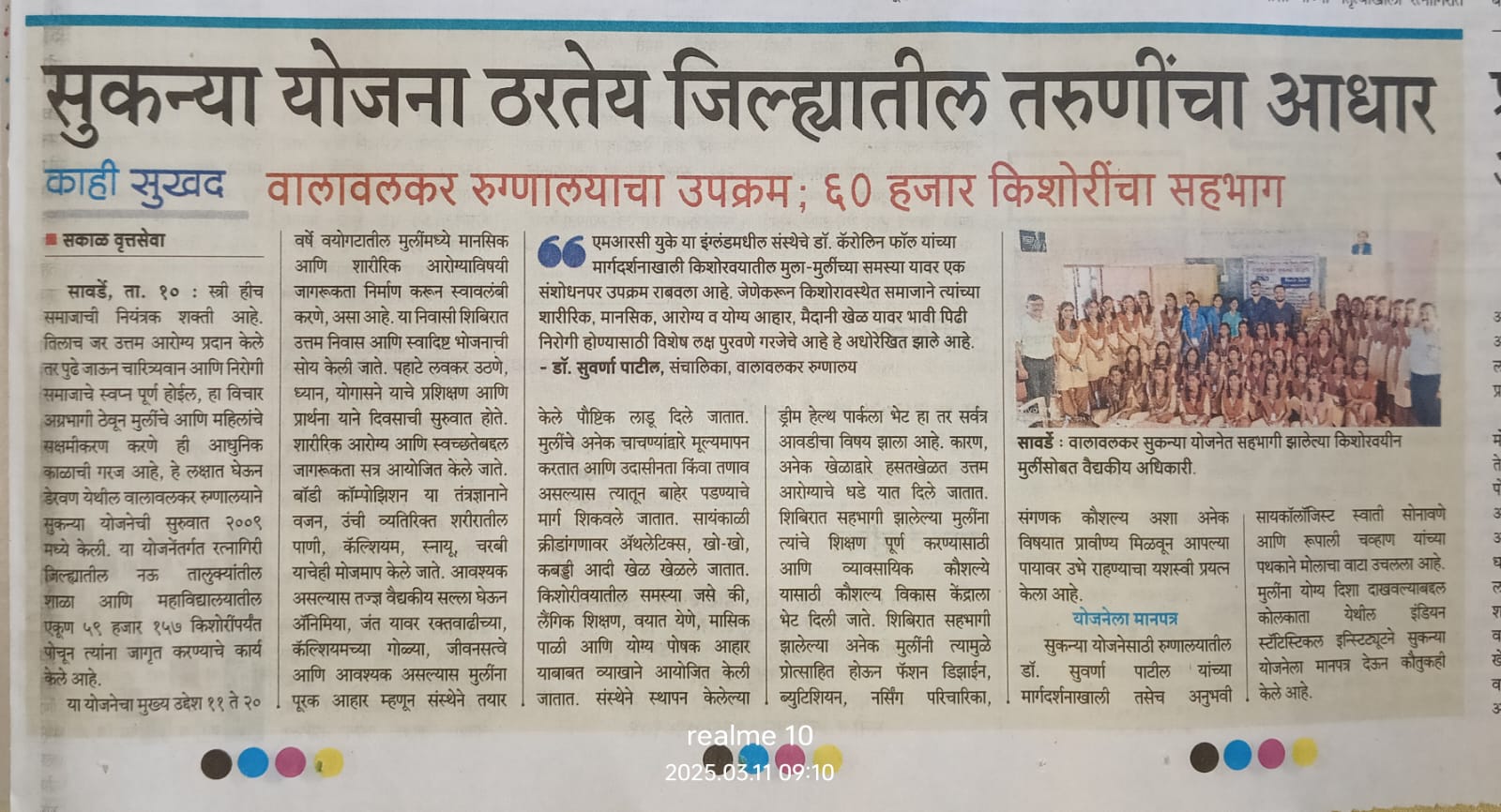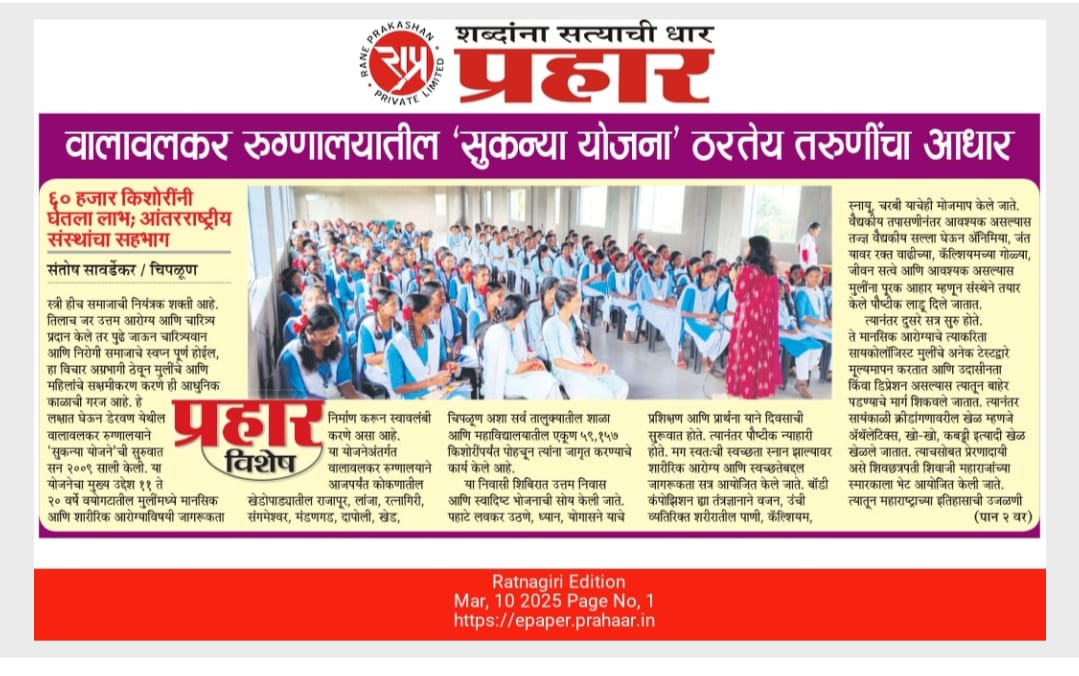Rural Adolescent girls – Harbinger of future diseases ,fate of next Generation (Since 2001)
- Examination & treatment
- Body composition – Tanita, Anthropometry
- Hemogram & Sonography
- Dental check up
- Gyn. / Psychological counseling
- Diet / Kitchen, gardening & training
- Sports & Physical activity
- F/u after 6 months
Visit to Schools
Residential Camps for young girls
Medical Research Council –UK sponsored project
(TALENT 2018)
Transforming Life Through Adolescent Nutrition
Transforming Life Through Adolescent Nutrition
MRC –UK TALENT PROJECT Implemented in 9 centres
- Ethiopia
- Cote d’Ivoire (Ivory coast)
- Gambia
- Kenya
- South Africa
- Mumbai
- Pune
- Dervan
- Mysore
Award by Indian Statistical Institute
N=60,000 Adolescent girls
Walawalkar Sukanya Yojana
Empowerment of girls and women is the need of the modern age keeping in mind that woman is the controlling force of society and if she is provided with good health and character then the dream of a characterful and healthy society will come true. Bearing this in mind, B.K.L. Walawalkar Hospital at Dervan started the Sukanya Scheme in 2009. The main objective of th`is scheme is to create self-reliance among girls in the age group of 11 to 20 years by creating awareness about mental and physical health. Under this scheme to date, the hospital has reached out to a total of 59,157 teenage girls in schools and colleges in all talukas of Konkan such as Rajapur, Lanja, Ratnagiri, Sangameshwar, Mandangad, Dapoli, Khed, Chiplun.
The residential camp provides
- Good accommodation and delicious food.
- Early morning awakening, meditation, yoga practice, and prayer.
- A nutritious breakfast and an awareness
- Session on physical health and hygiene.
- Body composition measures weight, height, body water, calcium, calcium, and fat.
- Nutrients supplements for anemia, muscle, blood growth, calcium,
- Session with psychologist evaluates the girls through a series of tests for mental health and teaches them ways to overcome depression.
- Sports- playground games like Athletics, Kho Kho, Kabaddi,
- An inspiring visit to Chhatrapati Shivaji Maharaj Memorial is organized. This generates excitement and the history of Maharashtra is revised. This gives girls a sense of belonging and allows them to express themselves, discuss, and ask questions about issues that concern their lives.
- Lectures on adolescent issues such as sex education, puberty, menstruation, and proper nutrition.
- A visit to the Dream Health
- Skill Development training for vocational skills .
- Encouraged by this, many girls have become independent and successfully acquired proficiency in many subjects like fashion design, beautician, nursing nurse, and computers.
The Indian Statistical Institute of Kolkata has also praised this Sukanya Scheme for reaching girls at a young age and showing them the right direction.
